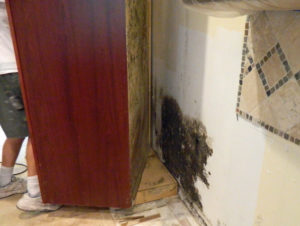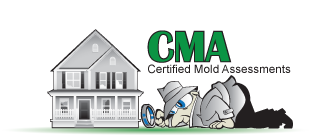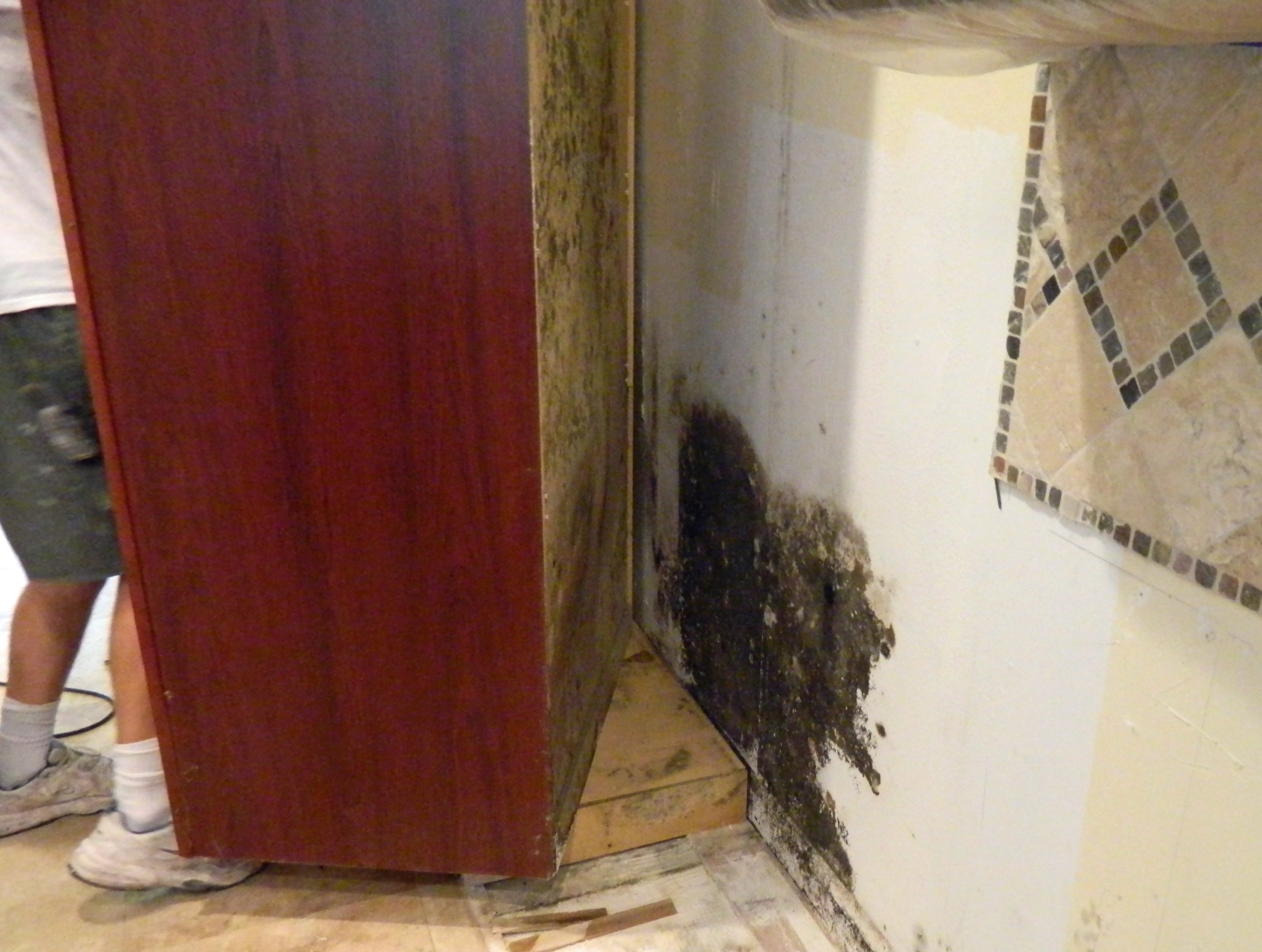 In years past, people worried much less about mold in their homes. It must have been nice to carry on with daily tasks, without giving much thought to the threat of mold growing in the home. The problem is, mold was growing in many American homes. People just didn’t know it. As a result, they experienced a whole litany of health problems without knowing the cause. Eventually, the spread of mold took its toll on their physical health and personal property.
In years past, people worried much less about mold in their homes. It must have been nice to carry on with daily tasks, without giving much thought to the threat of mold growing in the home. The problem is, mold was growing in many American homes. People just didn’t know it. As a result, they experienced a whole litany of health problems without knowing the cause. Eventually, the spread of mold took its toll on their physical health and personal property.
Today we have a great deal of knowledge about mold. We know it’s a serious problem. We know there are definite health dangers related to mold, and we know that property value can also be affected considerably. The average homeowner of today is more aware of these things.
But there are still many cases in which people neglect mold problems — even if they know the threat posed by residential mold invasions. Here are three of the most common excuses for not taking care of mold problems when they arise.
1. It doesn’t look that bad
When it comes to toxic mold, few things are as harmful as the idea that ‘visible mold’ is all there is to it. People often notice mold peeking out at various places in the wall or floor, and simply clean it up using DIY methods. The problem with this course of action is that visible mold is often just a fraction of what actually exists. In some cases the colony is quite extensive, and most of it is invisible. Cleaning up the surface mold will only give you the temporary appearance of having solved the problem.
2. I’ll just use bleach
Bleach is sometimes viewed as the ultimate mold-killing machine. But there are a few important things to consider before you grab the nearest bottle of Clorox. First, it’s dangerous to work with bleach. You don’t want to inhale it or get it on your skin. Second, even if it is effective in killing mold, it only takes care of what’s on the surface. Be wary of the idea that bleach takes care of mold problems definitively — and be very careful if you do use bleach to clean up mold. Follow established instructions on creating a proper mixture and protecting yourself from exposure.
3. Mold will go away on its own
Mold growth depends on certain underlying conditions, including humidity and a lack of ventilation (i.e. ‘stale air’). But when mold has already grabbed hold, even changing these underlying conditions may not be enough to root it out. And it’s certainly not going to be effective to simply wait and hope that mold subsides on its own. This is a very crafty organism, and it will do whatever it can to hold its position and gradually expand the colony.
Stopping mold in its tracks
We have a lot of good knowledge and understanding of mold today; but for most of us, it’s a question of whether we really pay attention to that knowledge, and understand how it can affect homeowners on a very basic level. If you’ve got a mold problem (or suspect you might have a mold problem), don’t fall for these common excuses. You’ll be much better off consulting a professional who can accurately assess and test for mold. Then you’ll know your options, and guesswork will not be part of the equation.

